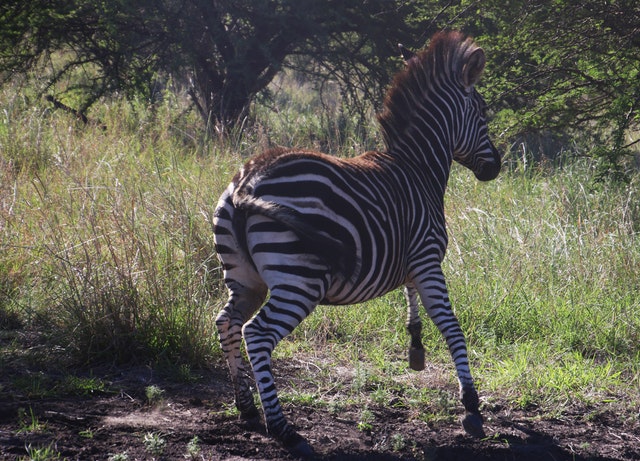09 Mar Healing trauma

Trauma is a form of mental and bodily arrest. Whilst trauma limits us, it is a normal response to overwhelming stress. The roots of trauma are often well hidden from cognition. Neuroscience is pointing to increasing our body awareness to support recovery.
when an experience rocks your boat
Unresolved trauma limits our ability to think, feel and be well. Experiences risk to get trapped inside us, outside of our consciousness. They keep making themselves reminded, through our behaviours and by disturbing our everyday relationships. With the right support, it is possible to recover from the unbearable emotions that is trauma (1).
what does trauma feel like?
The complex impact of trauma presents in many different ways. A developmental trauma from childhood can present as an overarching numbness. Or it can feel as if we are imprisoned by fear, as if under life threat. Shame and self-blame is common. Less complex traumas may generate feelings that are easier to describe. You are anxious, easily irritable and avoiding others. Or you have problems falling asleep and staying asleep.

“Trauma exposes us to the unpredictability of our existence”
Coping with trauma
Painful emotions that do not find empathic attunement also become traumatic. In coping with trauma, the responsiveness following an event is therefore also important. Trauma has two parts. The source of painful feelings is the first part, the absence of emotional understanding is the second part. Bearing the emotions alone, becomes unendurable (2).
The context of your life at the time of a traumatic event also matters. If you are exposed to ongoing stress and abuse as a child, perhaps even before language, the experience can get locked in far inside. If a traumatic event happens to you as an adult, and you have a reliable support network available, you may have better chances of escaping serious impact.

An animal during life threat runs!
Trauma impacts on the nervous system and the brain. When this happens, the nervous system makes decisions without our “permission”. The lower brain shuts down, bypassing the prefrontal cortex and any sense of choice for us. (3)
“If it hurts, hide it” – Michael Martin Murphy
When we freeze during a stressful event, we are unable to discharge the energy that is created. This is likely to happen when there is no one around us to support us. Dr Robert Stolorow explains that emotional pain in childhood is not pathology. Instead, the problem is the absense of empathy and responsiveness to that child’s pain (4).
Unlike other animals under life threat, humans are also conditioned to trap energy and fear inside (5). Symptoms of complex, developmental trauma can therefore start to develop decades after the event. A trauma response to a past experience can be triggered by another, seemingly unrelated event.
When we freeze during a stressful event, we are unable to discharge the energy that is created. Unlike other animals under life threat, humans are conditioned to trap that energy and fear inside (5). Symptoms of complex, developmental trauma can start to develop decades after the event. A trauma response to a past experience can be triggered by another, seemingly unrelated event.
Emotions speak from the body
Emotions speak from the body. The body holds the emotional injury. We know that the limbic system, between the brain stem and cerebral cortex responds to traumatic stress. Our limbic system is linked to the autonomic nervous system – the ANS. The ANS helps tell us when our bodies need to stress – and when we can relax. Studies show that sufferers of PTSD have lower cortisol levels, causing a continued stress or freeze reaction (6). EMDR Therapy and Somatic Psychotherapy are two ways to work with shifting and integrating the debilitating impact of these memories.
“We are routinely pressured into adjusting too quickly in the aftermath of an overwhelming situation”
Another way to describe our thoughts, feelings and memories is to see them as patterns inside us. These patterns are embodied and stored in circuits and synapses in our brain. They are also stored throughout our body and nervous system. We form these patterns in relations with others. Through sharing thoughts, feelings and memories with others, we shape how we are able to regulate the flow (7).

Recovery from trauma requires a safe place
After trauma the world is an unsafe place. Depression and overwhelm is common. When searching for professional support, listen to your intuition. Work with someone that can tolerate hearing your story and support you with plenty of space for the painful emotions to come out.
Dr Robert Stolorow explains we can not recover the innocence of life before the event. Instead of recovery – think of working with trauma as an integration. Towards a life where you can pass more freely between your every day world and the shattered world of trauma. (8)
When you feel genuine warmth and trust with someone, the journey of resolving trauma can start. Treated gently and sensitively, trauma begins to dissolve. Often this happens without you needing to relive the actual experiences or memories of it.
“Bearing the emotions alone, becomes unendurable” - Dr Robert Stolorow
Trauma counselling and somatic psychotherapy
Somatic psychotherapy is a place where it is about you. It is a place to feel safe and to grow strength. Through the body and mind we work together, so you feel more in control. We reflect on your experiences. Sometimes we do this in the context of your life history. Sometimes we just stay in the present with the emotions about life as it is now (9).
When we make sense of your experiences and how they are impacting on your life, gradually you can begin to:
• discharge the built up energy in your body and be less reactive
• sit with the sensations and let them dissolve, whilst staying safe in the now
• integrate the story to become a memory of the past (10)
Read more about this intersubjective approach, somatic psychotherapy and about me here.
Sources:
1) 9)Russell B. Carr, MD. COMBAT AND HUMAN EXISTENCE: Toward an Intersubjective Approach to Combat-Related PTSD American Psychological Association 2011, Vol. 28, No. 4, 471– 496, 2011
2, 8) www.soundcloud.com/betweenuspodcast/episode-10-finitude-with-dr-robert-stolorow
3) http://www.nicabm.com/treatingtrauma2014/pgu1-info/
4) Stolorow, R. (2007). Trauma and Human Existence: Implications for Heidegger’s Conception of Mitsein. University of California.
5) Levine, Peter A. (1997). Waking the Tiger. North Atlantic Books.
6) Rotschild, B. (2000). The Body Remembers. The psychophysiology of Trauma and Trauma treatment. W.W. Norton & Company. 2000
7) Siegel, D. (2010) Mindsight – the new science of personal transformation. Bantam Books.
10) Van Der Kolk, B. (2014) The Body Keeps the Score – Mind, Brain and Body in the Transformation of Trauma. Penguin books.





Sorry, the comment form is closed at this time.